Yates Account
Join now
Create a Yates account today!
Sign up to join the Yates Garden Club for monthly e-mails packed with seasonal inspiration, tips for success & exclusive promotions.
Plus if you’re a Garden Club member you can take part in the Yates Growing Community - a blog to share successes, get advice & win prizes in fun challenges along the way!

Forgot password
Enter the email address associated with your account, and we'll email you a new password.
To Prune, or Not to Prune: That is the Question.
The answer is almost always yes, but naturally this leads to many other questions; When? How much? Why? With what? Hard pruning? Tip pruning? To the bud? To the collar? What's a bud? What's a collar? And so on...
If you do want to jump right into the detail on collars, buds, techniques and everything else, have a look here for an in-depth roundup.
For this article, we're going to keep it simple and easy. There's an old gardener's saying, that goes “wander, ponder; and prune.” In this article, we'll explain how to put that proverb into practice.

Wander...
Wander around your garden and identify the plants that could benefit from pruning. You'll find plenty of reasons to pick up your secateurs, loppers or saw. For example, a plant might be outgrowing its allocated spot, or denying sunlight to its neighbours.
Or, you might want to prune to increase the quality and size of flowers and fruit. Yet another reason could be style - you might want to transform a bush into a topiary, or train a fruit tree into an espalier or fan.
Whatever the reason, keep in mind the golden rule of seasonal pruning:
- Winter pruning promotes growth. If tree pruning is done during the dormant period, it has an invigorating and energising effect.
- Summer pruning reduces growth. Pruning done during peak growth time slows growth due to the reduction in leaves, which in turn reduces nutrient take-up.

Ponder...
So you've chosen a young plant, shrub or tree in your garden that needs pruning? Now's the time to unleash your powers of observation. Stand back, observe and have a think.
- You might find that some pruning choices are difficult to make, but the decision to remove all dead and diseased branches is easy. Do this as soon as you notice them, regardless of the season.
- Next on the check-list is removing branches that cross over each other. The constant rubbing of branches against one another damages the bark, creating ideal conditions for disease (or insects) to enter the plant. Identify which branch is in a better position, (e.g. the branch that isn't growing inwards, towards the centre of the canopy) and remove the other one.
- Thinning out congested areas results in better air ventilation, which improves plant resilience.

- Identify suckers for removal - they're the enthusiastic shoots that appear at the base of the plant, originating from the roots or just below the graft bud union. If suckers are poking out of the soil, gently dig out the soil around the base of the sucker to see where it's coming from, then rip the sucker off.
- Now it's time to do some research on the species you're planning to work on, because plants are diverse - they can be quite particular about how they like to be pruned!
For example, fruit trees like peach and nectarine trees only bear fruit on the previous season’s growth, whereas apricot trees only develop their fruit on wood that's two years old (or more). How you prune will have a big influence on your fruit yield (or lack of, if you accidentally chopped off the fruit-bearing branches). Refer to our Plant Pages for guidance on individual plants.

Prune!
When it comes to the actual cutting, there are some rules-of-thumb. If you stick to them, you'll increase your chances of success. Here are our 'best-practice' tips:
- Keep in mind that when you're pruning, you're wounding the plant. Making cuts in the right place allows the plant to heal itself as quickly and efficiently as possible.
- Keep your cuts clean. Position them where the plant's natural defences are at their highest concentration, and in a spot that encourages the plant to regrow in the direction you want.
- In the case of trees, the ideal location for cutting off large branches is at the 'branch collar', the point where a branch joins the main trunk. Easily identifiable by the wrinkled texture of the bark surrounding it, the branch collar is where the tree's meristematic tissue is located - so it heals quickly.

- When pruning stems, the perfect spot is where the bud or leaf emerges. Stem structures can be arranged in two patterns; alternate or opposite.
- For alternate buds (think roses), the best location for the cut is just above an outward-facing bud at a 45-degree angle (check the cutting diagram above). This avoids water pooling on the cut stem and keeps the bud from being saturated. The base of your bud should more or less be in alignment with the base of your cut on the opposite side.
- For an opposite patterned plant with the two shoots positioned exactly opposite each other on the stem (think hydrangeas or basil), the best cut is straight across, just above the junction where two healthy buds are located.
- If you find yourself constantly pruning a plant to stop it outgrowing its space, maybe the plant isn't the best choice for that specific location. You might be better off to relocate it to a spot with more room to grow without disturbing its neighbours.
- Pruning stresses plants and makes them vulnerable while they recover - make sure to water, feed and mulch them well once you are done cutting.

Use the Best Tools for the Job
Secateurs, loppers and garden saws all have their place, because they're suited to different sizes of cut. Use secateurs for small stems or branches, loppers on branches 2–3cm in diameter, and a pruning saw on branches larger than 4–6cm in diameter.
In the case of secateurs, the type of wood that's being pruned can dictate the best choice.
- If cutting flowers, young shoots or fresh wood, bypass-type secateurs are the best choice. They have a blade and a counter-blade that bite into the branch simultaneously, for a clean cut that's less risky for the plant.
- For hard and dry wood, choose anvil-type secateurs, with a precision-ground upper blade that cuts down onto the flat surface of the anvil. This action applies the extra power needed for this task (a little like an axe slamming down onto a chopping block).
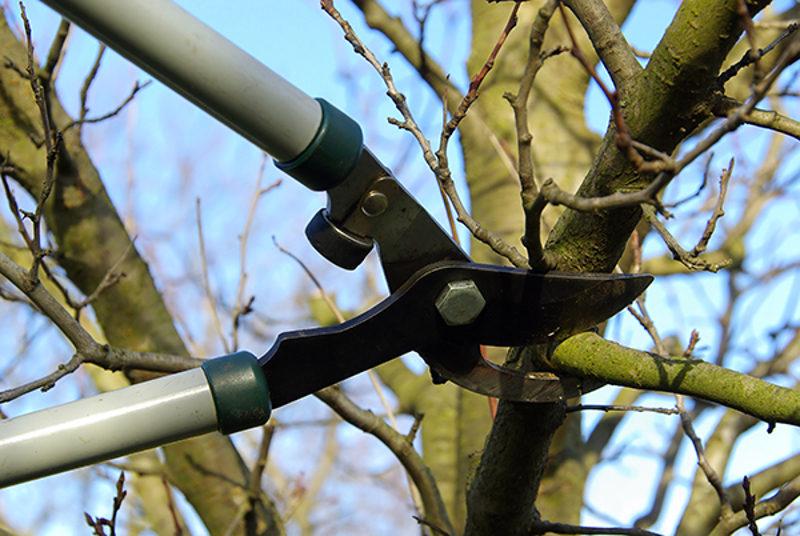
Keep it Clean
Maintenance is key for a long lifetime for your pruning tools, so keep them sharp and well oiled. Regular care of your tools will keep them in peak condition and saves you time and money (on tools and plants) in the future.
- It's vital to clean pruning tools between plants, to avoid spreading disease-causing bacteria and spores from one plant to another. Do this when removing a branch that appears diseased, or one that's died after being infected by a fungal disease. To clean, wipe the tool blades with either bleach, alcohol wipes or bottled methylated spirits (10%), then rinse with water. Follow with a light spray of penetrating oil to discourage rust.
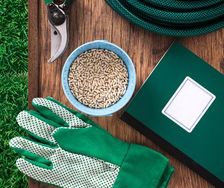

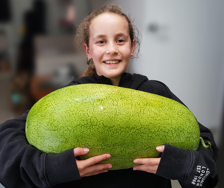
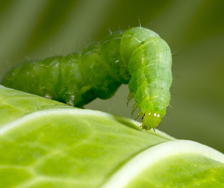
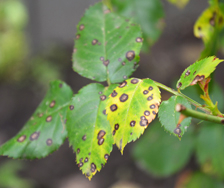
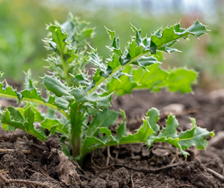









Share
Share this article on social media